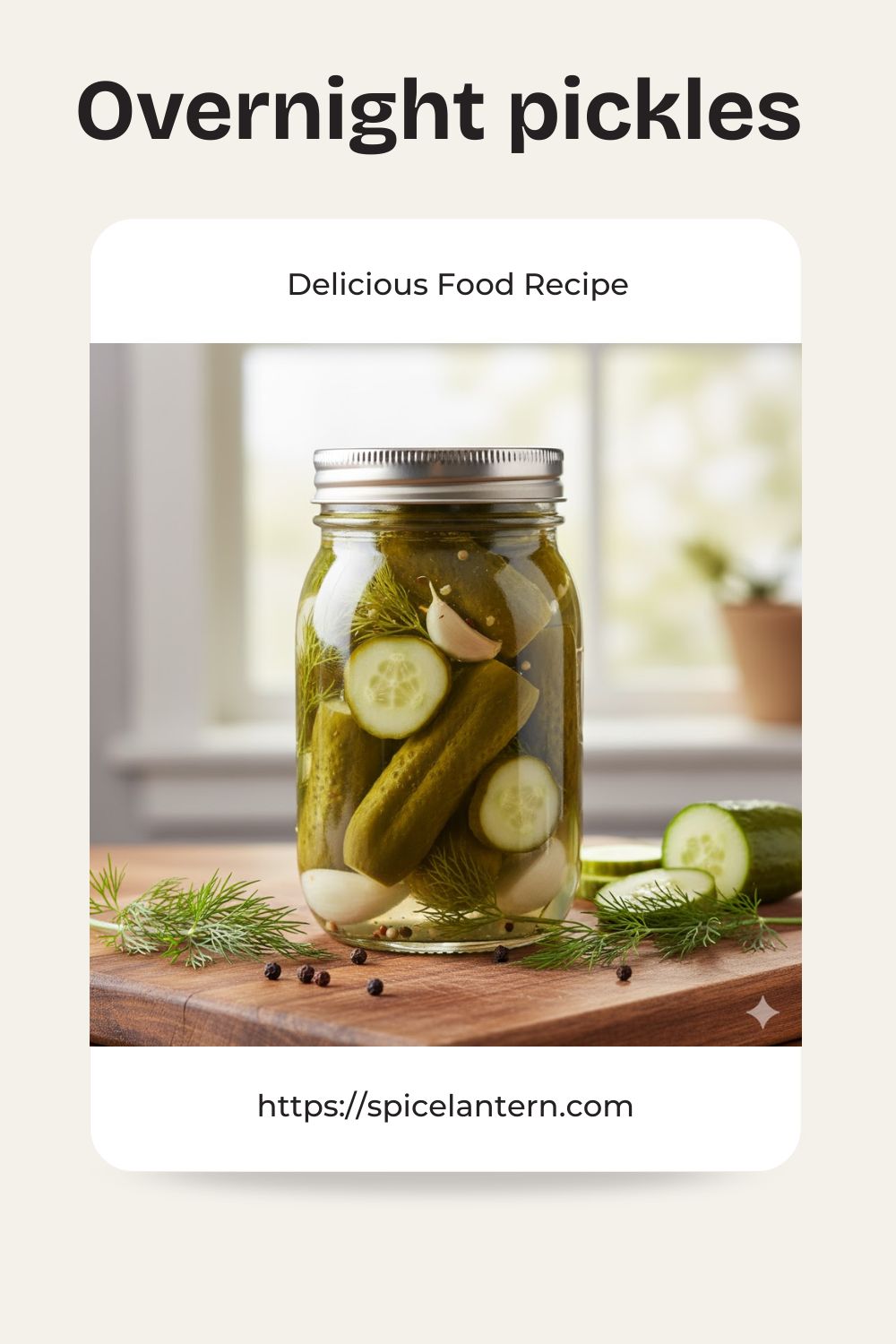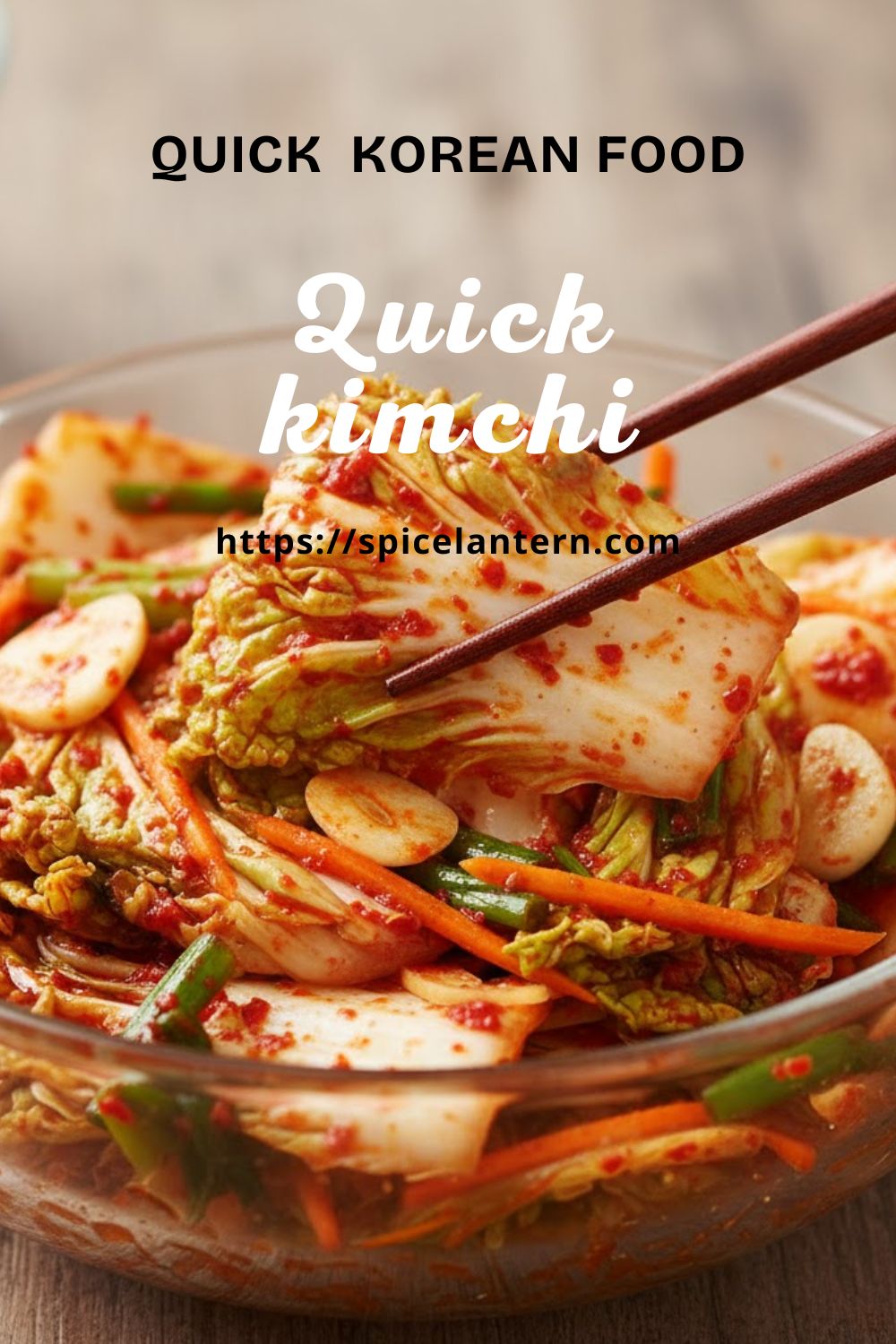🔥 From Zero to Hero: Your Guide to Hasty Tempeh (The Only 15-Minute Dinner)
Let’s be honest: who hasn’t stared into the fridge at 7 PM, seen that block of tempeh, and thought, “Ugh, another 30 minutes of steaming, marinating, and slow-cooking? I’d rather just order pizza.” I was there. I used to let those nutritious, fermented soybean blocks gather dust because they seemed too… serious. But then I cracked the code. I figured out how to get that perfect crispy, savory, deeply flavored protein punch in practically no time. Forget the fussy recipes that demand hours. We are making Hasty Tempeh, and it’s about to become your new weeknight obsession. Seriously, it’s faster than arguing about dinner.
Why This Recipe Is Awesome (It’s Pure Weeknight Magic)
You need to make this because it utterly destroys the myth that tempeh is bland or requires major prep work. This method is awesome for three simple reasons:
- Speed: We skip the long marinade and go straight to flavor-blasting. We’re talking 15 minutes, tops. FYI, this is the fastest way to get gourmet flavor.
- Texture: No more rubbery tempeh! This method delivers an exterior that’s perfectly crisp and chewy, contrasting beautifully with the nutty interior. It’s truly craveable.
- Protein Power: Tempeh is a complete protein, high in fiber, and packed with gut-friendly prebiotics. You get a meal that’s satisfying, healthy, and ridiculously easy. Why would you not make it?
Ingredients: Minimal Effort, Maximum Flavor
We keep the ingredient list tight and effective. We want punch, not complexity.
- 1 (8-ounce) package Tempeh: The star of the show. Firm, not mushy.
- 1 Tablespoon Neutral Oil: Avocado, canola, or grapeseed work best for high-heat searing.
- 2 Tablespoons Soy Sauce (or Tamari for Gluten-Free): Our primary salty, umami kick.
- 1 Tablespoon Maple Syrup (or Agave): Just enough sweetness to create that irresistible caramelized crust.
- 1 Tablespoon Rice Vinegar: Adds a little necessary tang and helps tenderize the outside.
- 1 Teaspoon Sesame Oil (Toasted): We add this at the end for an insane flavor boost.
- ½ Teaspoon Garlic Powder: Quick flavor when you don’t have time to chop fresh garlic.
- ¼ Teaspoon Ground Black Pepper: Essential for depth.
Key Substitutions:
- Maple Syrup: Use brown sugar mixed with a tiny bit of water if you’re out of syrup.
- Soy Sauce: Use Coconut Aminos for a soy-free, slightly sweeter option.
- Garlic Powder: Use onion powder for a milder, more rounded savory note.
Tools & Kitchen Gadgets Used: Your Speedy Sidekicks
You don’t need much. This recipe respects your minimal dish policy.
- Sharp Chef’s Knife: For slicing and cubing.
- Cutting Board: To protect your countertop from said sharp knife.
- Small Mixing Bowl: For whisking up the fast marinade.
- Medium-Sized Non-Stick Skillet or Cast Iron Pan: Crucial for the crispy sear. Cast iron is the ultimate champion here.
- Spatula or Tongs: For flipping and stirring the tempeh.
Step-by-Step Instructions: The Fifteen-Minute Finish Line
Ready? Set. Cook! We move fast here, so read through everything first.
Step 1: Prep and Slice (2 Minutes)
- Unwrap the tempeh block. Give it a sniff—it should smell nutty, maybe a little mushroomy.
- Cut the block into whatever shape floats your boat. I prefer small ½-inch cubes for maximum surface area, or thin, crispy triangles. More surface area = more flavor = better life.
Step 2: The Super Hasty Marinade (1 Minute)
- In your small mixing bowl, quickly whisk together the soy sauce, maple syrup, rice vinegar, garlic powder, and black pepper.
- Resist the urge to soak the tempeh for hours. This is Hasty Tempeh, after all!
Step 3: Sear the Tempeh (7 Minutes)
- Heat the neutral oil in your skillet over medium-high heat. We want it nice and hot—almost shimmering.
- Toss the tempeh into the hot pan. Do not overcrowd the pan! Cook in batches if you need to.
- Let the tempeh cook undisturbed for 3-4 minutes until the underside is deep golden brown and crispy. Flip the pieces and sear the other side for another 3 minutes. This builds the foundation of flavor and texture.
Step 4: The Flavor Glaze Finish (2 Minutes)
- Once the tempeh is beautifully browned, reduce the heat to medium-low.
- Pour the hasty marinade evenly over the tempeh in the pan. It will bubble and sizzle aggressively.
- Toss the tempeh constantly with your spatula for about 1-2 minutes. The sauce will reduce rapidly and thicken into a glorious, sticky glaze that coats every piece. This is the money shot.
Step 5: Sesame Oil Reveal (1 Minute)
- Remove the skillet from the heat entirely.
- Drizzle the toasted sesame oil over the glistening tempeh and toss one last time. The heat of the pan wakes up the sesame oil’s flavor without burning it.
- Serve immediately! What are you waiting for?
Calories & Nutritional Info: Guilt-Free Greatness (Estimated)
You get all the flavor without any of the guilt. Tempeh is truly a nutritional marvel.
- Calories per serving (Half of the recipe, without side dishes): ~240-280 calories
- Protein: ~20-22g
- Fiber: ~7-9g (Hello, happy gut!)
- Fat: ~12-14g (Mostly healthy, unsaturated fats)
- Carbohydrates: ~10-14g
Nutritional Notes:
- High Protein: Tempeh is a complete protein, meaning it contains all nine essential amino acids. Say goodbye to the protein debate!
- Prebiotic Power: As a fermented food, tempeh naturally contains prebiotics, which feed the beneficial bacteria in your gut. Your stomach will thank you.
- Low Sodium Option: Use low-sodium soy sauce or tamari to keep the sodium count reasonable.
Common Mistakes to Avoid: Don’t Ruin Dinner!
Trust me, I’ve made all these mistakes so you don’t have to. Pay attention, buttercup.
- Skipping the Sear: If you dump the marinade on before the tempeh gets a good, hard sear, it will just steam and become mushy. Crisp first, sauce later! End of discussion.
- Low Heat Limbo: You need medium-high heat for that perfect crust. Using low heat just makes the tempeh hang out in the oil and absorb it, getting greasy instead of crispy.
- Overcrowding the Pan: Too much tempeh in one pan lowers the temperature, preventing a proper sear. It forces the tempeh to steam itself. Cook in batches if your pan is too small! I’m not playing.
- Stirring Too Soon: When you first put the tempeh in the hot oil, leave it alone! Let it form a crust. If you stir too early, you break the delicious sear and get uneven browning.
- Forgetting the Finish: The sesame oil goes in after you turn off the heat. Adding it earlier can cause it to burn and taste bitter. Use the residual heat to bloom the flavor.
Variations & Customizations: Tempeh, Your Way
This basic Hasty Tempeh glaze is just the beginning. Flex your culinary muscles!
- Spicy Sriracha Swirl: Add 1 teaspoon of Sriracha or Gochujang to the marinade mixture for a fiery kick. You can also sprinkle with red pepper flakes at the end.
- Ginger-Lime Zest: Substitute the rice vinegar with fresh lime juice and add ½ teaspoon of ground ginger or 1 teaspoon of grated fresh ginger to the marinade. Perfect for a Southeast Asian flair.
- BBQ Smokehouse (The Vegan Pulled Pork): Swap the soy sauce/maple combo for 3 tablespoons of your favorite smoky BBQ sauce and a dash of liquid smoke. Crumble the tempeh instead of cubing it for a “pulled” texture.
FAQ Section: All Your Burning Tempeh Queries
We know you’re curious about this amazing fermented block. Here are the answers to the questions everyone asks Google.
Q1: What is tempeh and what does it taste like?
A: Tempeh is a traditional Indonesian food made from fermented soybeans (or other legumes) pressed into a firm cake. It has a mild, savory, and nutty/mushroomy flavor with a delightfully firm, chewy texture. It’s a blank canvas for flavor!
Q2: Do I have to steam tempeh before I cook it?
A: Nope! That’s why this is Hasty Tempeh! Steaming helps remove any residual bitterness, but if you cut it into small pieces and use a strong, fast marinade like this one, you can skip the steam entirely and save a massive chunk of time.
Q3: What is the white stuff and are the black spots safe to eat?
A: The white stuff is the mycelium of the Rhizopus mold that binds the beans. The black or grey spots are spores from the same mold. Both are completely safe to eat and are signs of good, natural fermentation.
Q4: Is tempeh healthier than tofu?
A: IMO, yes. Tempeh is less processed than tofu because it uses the whole soybean, which means it has significantly more fiber (hello, gut health!) and often more protein than firm tofu. Both are great, but tempeh is a nutritional powerhouse.
Q5: Can I eat raw tempeh?
A: You can, but most brands of commercially produced tempeh are already pasteurized (cooked) for safety and shelf life. However, it will taste much better if you cook it. We recommend cooking tempeh to improve both its safety and taste.
Q6: How long can I store tempeh?
A: Store unopened, commercial tempeh in the fridge until the expiration date. Once opened or homemade, keep it sealed in the fridge for about 5-7 days. For long-term storage, freeze tempeh for up to 3 months.
Q7: How should I cut tempeh for the best results?
A: Cutting it into small ½-inch cubes or thin triangles (as we do here) maximizes the surface area, allowing it to get crispier and absorb more of the quick marinade. If you need a crumble, use a cheese grater!
Final Thoughts: Go Forth and Be Hasty
You just made a masterpiece with minimal effort. You took a potentially complicated ingredient and turned it into dinner in under 15 minutes. Now you know the secret: Hasty Tempeh is your new superpower. Go ahead, bask in the glory of your perfectly seasoned, crispy protein. Share this with a friend who thinks cooking healthy means being chained to the stove. They’ll never buy premade processed veggie burgers again.







